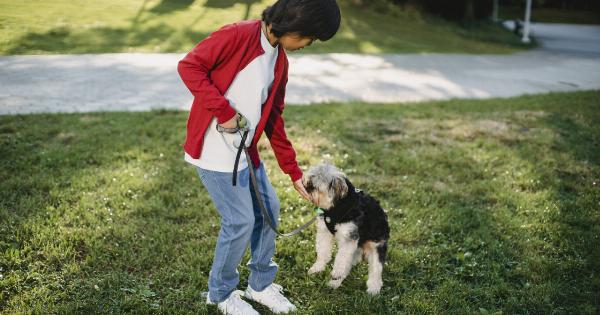Bird training can be a wonderful and rewarding experience, allowing you to bond with your feathered friend and teach them various tricks and behaviors.
However, there are common mistakes that bird owners often make during the training process, hindering their progress and potentially damaging their relationship with their bird. In this article, we will explore six of these mistakes and provide tips on how to avoid them for a successful and harmonious training experience.
Mistake 1: Lack of Patience
One of the most common mistakes bird owners make is expecting their bird to learn new behaviors quickly. Birds, like any other animal, require time and patience to understand and master new commands.
It’s important to understand that every bird is different, and some may take longer to learn than others. Pushing your bird too hard or becoming frustrated can lead to a strained relationship and a lack of progress in training.
Mistake 2: Inconsistent Training
Consistency is key when it comes to bird training. Many bird owners make the mistake of being inconsistent with their training sessions, which can confuse their birds and hinder their learning progress.
It’s important to establish a regular training schedule and stick to it. This consistency will help your bird understand expectations and reinforce the behaviors you want them to learn.
Mistake 3: Using Punishment
Punishment is a common mistake made in bird training. Birds are sensitive creatures and do not respond well to punishment-based training methods. Instead of using harsh punishments or scolding, focus on positive reinforcement techniques.
Reward your bird with treats, praise, or their favorite toys when they exhibit the desired behavior. This positive approach will create a more trusting and enjoyable training experience for both you and your bird.
Mistake 4: Ignoring Body Language
Birds communicate through body language, and it’s crucial to pay attention to their signals during training. Ignoring your bird’s body language can lead to misunderstandings and potentially harmful situations.
For example, if your bird is displaying signs of fear or discomfort, it’s important to address these emotions before continuing with training. By understanding and respecting your bird’s body language, you can create a safe and comfortable environment.
Mistake 5: Overwhelming Your Bird
Training sessions should be short and focused to prevent overwhelming your bird. Many bird owners make the mistake of trying to cram too much information into one session, which can lead to frustration and a lack of progress.
Keep the training sessions brief, around 10-15 minutes, and focus on one behavior or trick at a time. This approach will help your bird stay engaged and make the training process more enjoyable for both of you.
Mistake 6: Neglecting Enrichment
Training is not the only essential aspect of bird care. They also require mental and physical enrichment. Neglecting to provide enough stimulation and entertainment for your bird can hinder their progress in training.
Birds are intelligent creatures that thrive on mental challenges and physical activity. Ensure your bird has plenty of toys, puzzles, and opportunities for social interaction outside of training sessions. This enrichment will keep your bird happy, healthy, and engaged.
Conclusion
The training of a bird can be a fulfilling and rewarding journey for both owner and pet.
By avoiding common mistakes such as impatience, inconsistency, punishment, ignorance of body language, overwhelming your bird, and neglecting enrichment, you can create an environment conducive to successful training and a strong bond with your feathered friend. Remember that each bird is unique and may have different learning paces, so a patient and positive approach is key to bird training success.





























